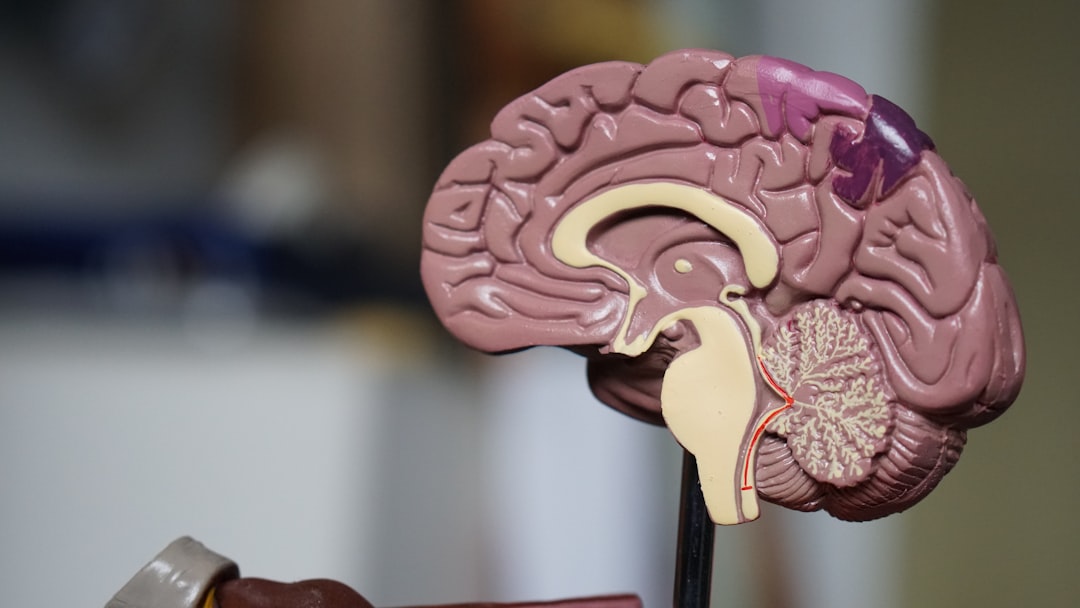What is it about?
Body-Worn Cameras are being proposed as a solution to violence against ambulance staff in the UK. However the evidence for their effectiveness is mixed, and they bring ethical issues which may harm paramedic practice. Utilising a public health approach to violence would mitigate these ethical issues, and would be more effective in tackling the root causes of violence.
Featured Image

Photo by Jye B on Unsplash
Why is it important?
This is important because the current NHS commitment to tackling violence against ambulance staff seems to not have taken into account these ethical issues, and seems to have abandoned a previous commitment to a public health approach. Given the pilot that is underway testing body-worn cameras in ambulances, it is important that their use is considered from all possible angles and that paramedics consider their implications for practice.
Perspectives
I hope that this article fosters discussion by ambulance staff about their role, and what is proportionate for tackling the issue of violence. I would also be interested in seeing a wider discussion about the potential for 'police-ification' of the ambulance service, and why that would interfere with our duty as healthcare workers. As long as the reader finds it interesting though I'd be happy!
Logan Vaughn
Read the Original
This page is a summary of: Complex problems require complex solutions: body-worn cameras in public health, Journal of Paramedic Practice, September 2021, Mark Allen Group,
DOI: 10.12968/jpar.2021.13.9.389.
You can read the full text:
Contributors
The following have contributed to this page










